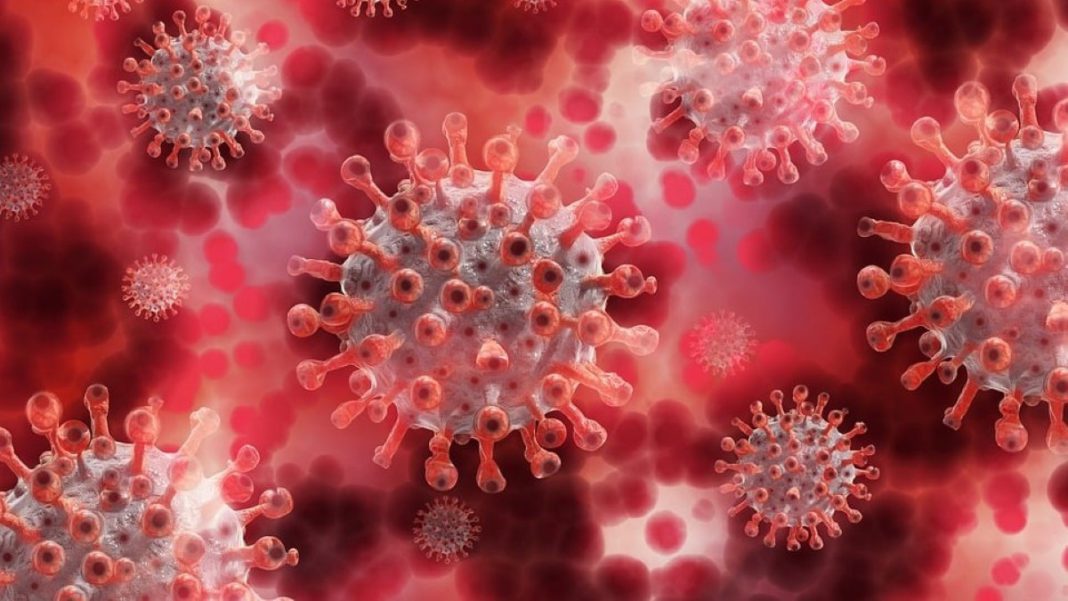BRAZIL: Since the onset of the COVID-19 pandemic, glucocorticoids (GCs), a class of corticosteroids, have emerged as a primary treatment option, particularly for severe cases, due to their anti-inflammatory and immunosuppressant properties.
In a recent study conducted by Brazilian researchers, the team uncovered new insights regarding the impact of these drugs on the body’s inflammatory response during an infection.
The study revealed that GCs elevate levels of endocannabinoids (eCBs), molecules produced naturally by the body that binds to the same receptor as cannabidiol, while simultaneously reducing the blood levels of platelet-activating factor (PAF), a lipid mediator of inflammation and clotting.
The study’s findings were published in the journal Viruses, shedding light on the intricate effects of glucocorticoid treatment on COVID-19 patients.
Carlos Arterio Sorgi, the chief investigator of the research and the last author of the article, explained the team’s objectives.
The team aimed to investigate whether patients with mild COVID-19 symptoms were more protected due to the natural production of endocannabinoids and whether their levels were lower in severe cases, resulting in intensified inflammation and the need for intensive care.
Additionally, the researchers sought to determine whether severe cases of COVID-19 exhibited higher levels of PAF, which could potentially explain the excessive clotting and microthrombus formation observed in these patients.
The team utilized the Center of Excellence in Lipid Quantification and Identification (CEQIL), affiliated with the Ribeirão Preto School of Pharmaceutical Sciences (FCFRP-USP).
Interestingly, the high-resolution mass spectrometry analysis yielded unexpected results: severe patients displayed increased levels of endocannabinoids and reduced levels of PAF.
To comprehend these outcomes, the researchers conducted a comprehensive data analysis from a large group of patients, including mild and severe cases treated at home, in hospital wards, or intensive care units (ICUs).
This analysis encompassed clinical parameters and pharmaceutical management, with all data subjected to multivariate statistical tests.
Sorgi elaborated on their conclusions, stating that they determined that the increase in endocannabinoids and the decrease in PAF were not caused by the disease but by the glucocorticoid treatments.
Furthermore, the researchers explored the transcriptome analysis of leukocytes from patients treated with GCs, revealing differential modulation of gene expression in monoacylglycerol lipase and phospholipase A2.
This finding indicates that these drugs can modify the enzyme activities involved in the metabolism of the lipid mediators under investigation.
Leukocytes, which are part of the immune system, were the focus of this investigation. The study’s discoveries promise future treatments involving corticosteroids not only for COVID-19 but also for other severe inflammatory and neurological conditions.
Moreover, the research suggests that cannabinoids, whether natural or artificial, could be employed as adjuvant therapy.
Sorgi expressed enthusiasm for the potential synergistic effects of combining the two compounds.
Next, the research will extend to patients with other viral diseases, such as influenza, to determine whether corticosteroid action alters the production of the lipidic biomolecules investigated.
Additionally, investigations will explore whether the body’s capacity to produce endocannabinoids remains the same after COVID-19 vaccination and during the convalescent phase of the disease.
Sorgi emphasized the team’s interest in collaborating with groups researching cannabidiol for animal trials as they enter a new phase of COVID-19 research.
These collective efforts aim to pave the way for innovative treatments that harness the benefits of both glucocorticoids and cannabinoids, ultimately improving patient outcomes in the face of severe viral infections and related inflammatory diseases.
Also Read: Volcanic Planet Discovered 90 Light Years away, Providing Insights into Planetary Evolution



